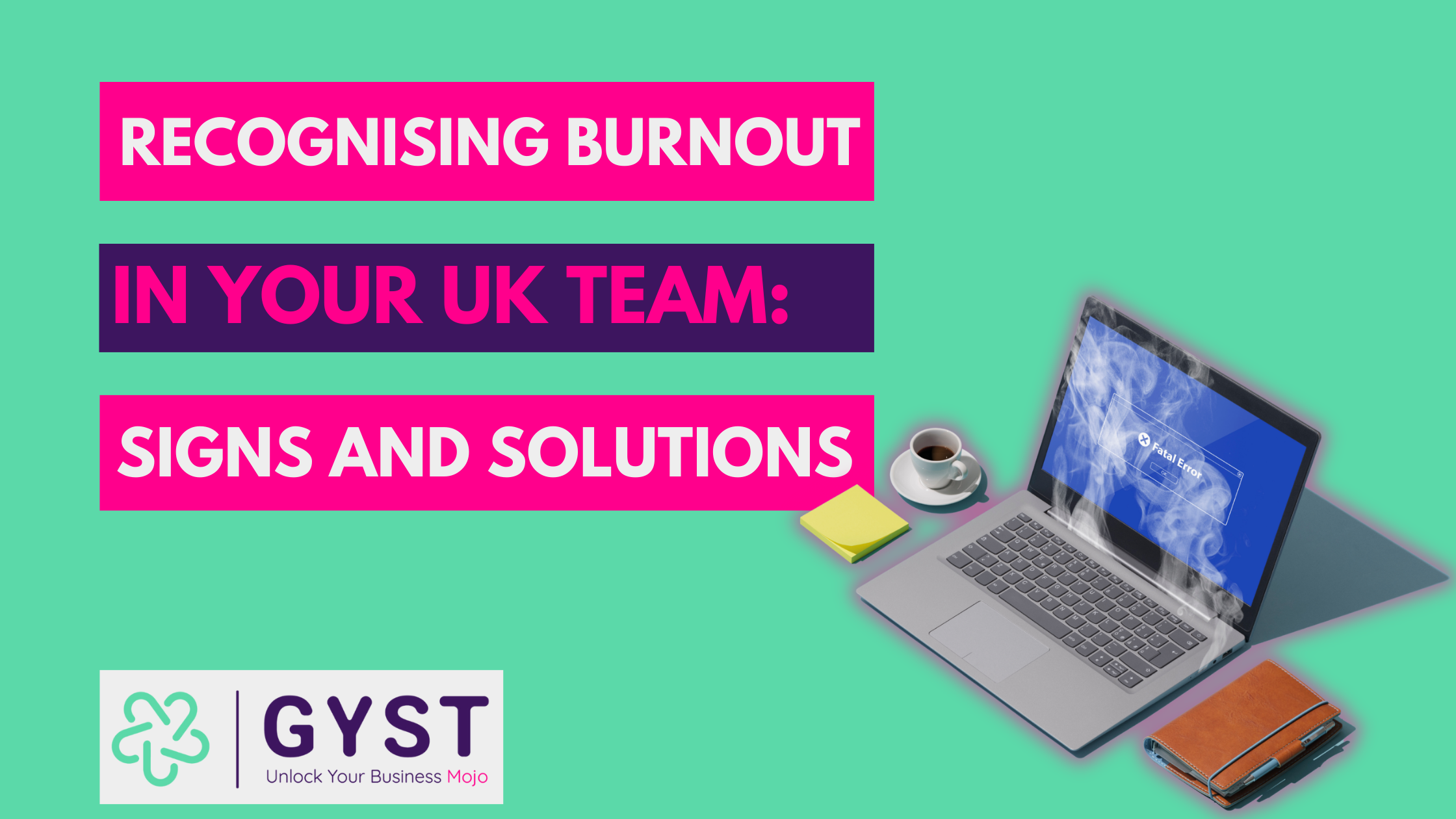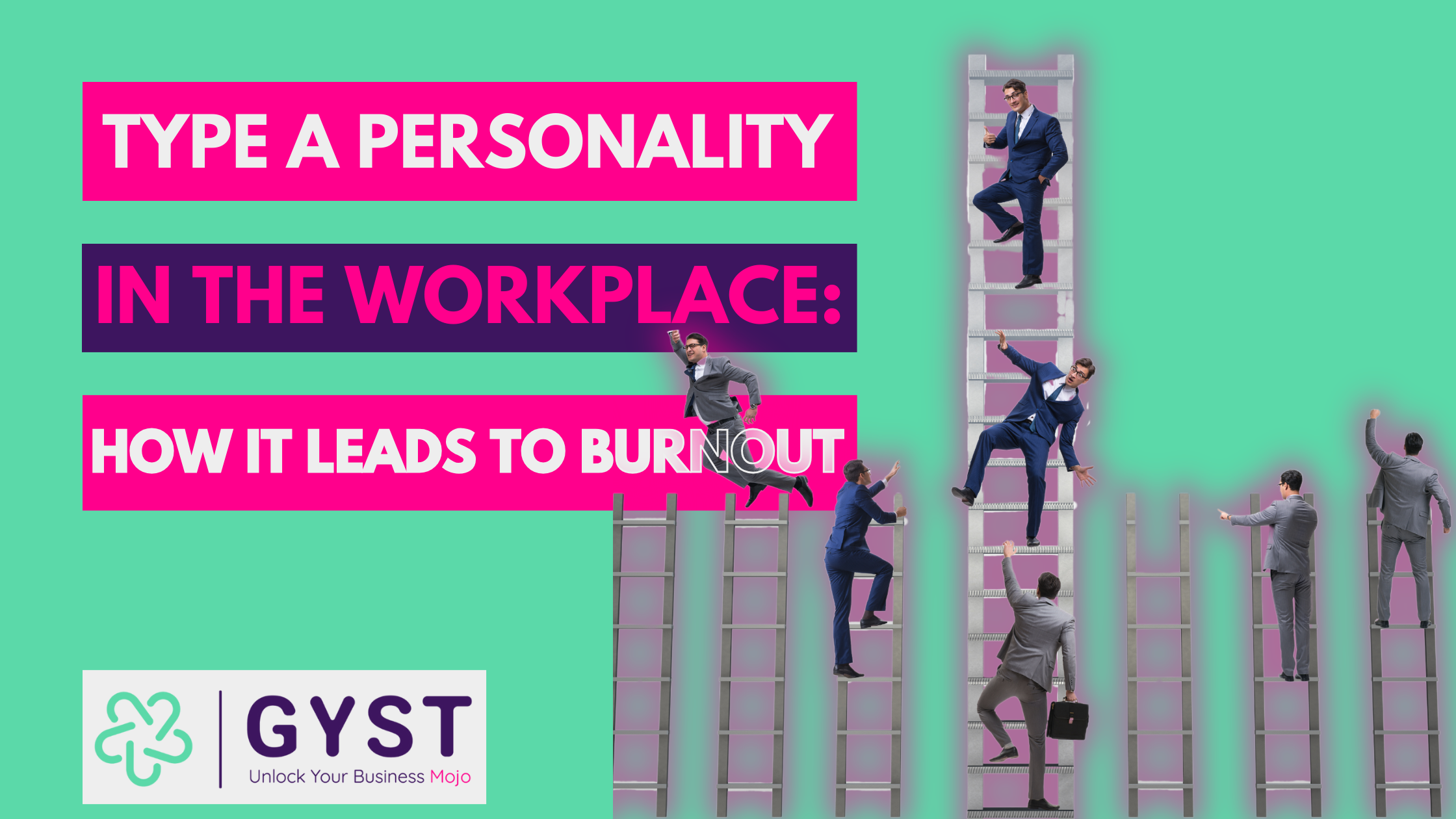Burnout is a pervasive issue impacting teams worldwide, with significant consequences for workplace wellbeing and occupational health.
In the UK, the statistics are alarming:
76% of people report feeling burnt out, a sharp increase from 46% the previous year.
While past lockdowns and pandemics contributed to these figures, the problem persists beyond those factors.
As a leader or manager, it’s crucial to recognise the signs of burnout in your team and implement effective burnout prevention strategies.
1. Increased Emotional Exhaustion

A notable sign of burnout is emotional exhaustion.
Team members who were once calm and composed may become easily frustrated or disengaged. This shift can indicate that they are on the brink of burnout.
According to the Mental Health Foundation, 38% of UK workers experienced work-related stress and emotional exhaustion in the past year. These individuals might feel overwhelmed by their workload or responsibilities, signalling a need for intervention.
2. Reduced Engagement and Motivation

A lack of engagement is another red flag.
The Chartered Institute of Personnel and Development (CIPD) reports that 37% of UK employees are disengaged at work.
Burnout can turn enthusiastic, motivated employees into apathetic ones who miss deadlines and produce lower-quality work.
This lack of motivation often stems from the inability to balance work with personal life, leading to overwhelming fatigue.
3. Decreased Performance and Productivity

The Health and Safety Executive (HSE) states that 51% of working days lost in the UK are due to work-related stress, depression, or anxiety.
Burnout can significantly reduce performance and productivity. Tasks that were once completed efficiently may now take longer, and errors may become more frequent, indicating a need for better stress management practices.
4. Increased Absenteeism

Burnout often leads to higher absenteeism, costing the UK economy £18 billion annually.
This staggering figure underscores the impact of burnout on physical, mental, and emotional wellbeing.
Frequent sick days and mental health days are common among burnt-out employees, highlighting the importance of addressing burnout to reduce absenteeism.
5. Negative Changes in Behaviour and Attitude

Burnout can result in increased cynicism, pessimism, and a generally negative outlook.
These changes in behaviour and attitude can spread, affecting the entire team. A single burnt-out employee’s negativity can undermine the morale and productivity of the entire team, making it crucial to address these issues promptly.
6. Withdrawal from Social Interactions

Work-related stress has a negative impact on the social lives of 51% of UK workers (Mind).
Burnt-out employees may withdraw from social interactions, skipping team meetings or events they previously enjoyed. This isolation can exacerbate burnout, making it essential to foster a supportive and inclusive workplace culture.
7. Physical Symptoms

Burnout affects not only mental health but also physical health.
In 2020, work-related stress, depression, or anxiety accounted for 17.9 million lost working days in the UK.
There are several symptoms linked to prolonged stress, such as:
- Headaches
- Stomach issues
- Fatigue
- Skin conditions
- Nausea
Persistent health issues in team members should be taken seriously as potential signs of burnout.
8. Perfectionism and Self-Criticism

Burnout amplifies traits like perfectionism and self-criticism. Individuals with these tendencies may set impossibly high standards for themselves, contributing to their stress.
Recognising and addressing these behaviours can help mitigate the negative effects of burnout on emotional wellbeing.
9. Increased Use of Ineffective Coping Mechanisms

Stress-related coping mechanisms, such as increased alcohol consumption, are on the rise, with 24% of UK workers reporting higher alcohol use to manage work-related stress (Drinkaware).
Other ineffective coping strategies include:
- Excessive caffeine intake
- Escapism
- Toxic positivity
- Avoidance
Watch this video to see other ineffective coping strategies.
Identifying these behaviours can help in developing healthier coping mechanisms.
10. Lack of Boundaries

A poor work-life balance affects 38% of UK workers (HSE).
Burnout can erode personal boundaries, leading to longer working hours and constant connectivity. This passive working, where employees check emails and messages outside of work hours, prevents adequate rest and recovery, contributing to burnout.
Next Steps for Tackling Burnout In the Workplace

Recognising burnout in your team is crucial for maintaining workplace wellbeing and occupational health.
As a leader or manager, creating an open and supportive environment where employees feel comfortable discussing their challenges is essential.
Early intervention, such as workload adjustments, stress management support, and promoting a healthy work-life balance, can prevent burnout and enhance team performance.
Find Out More
If you suspect your team is experiencing burnout, encourage them to assess their stress levels using our Burnout Score.
For leaders, understanding how stress impacts you is vital; check your Leadership Stress Test.
To further support your team, explore our Stress Management For High-Performing Teams workshops and consider bringing us in for talks and webinars to promote workplace wellbeing and burnout prevention.



